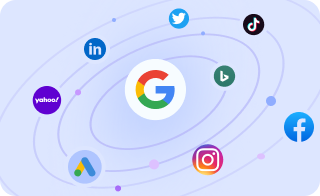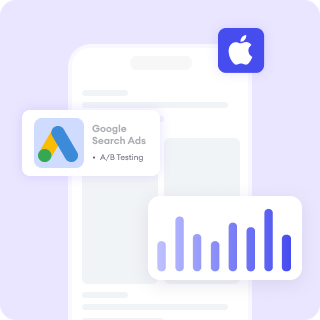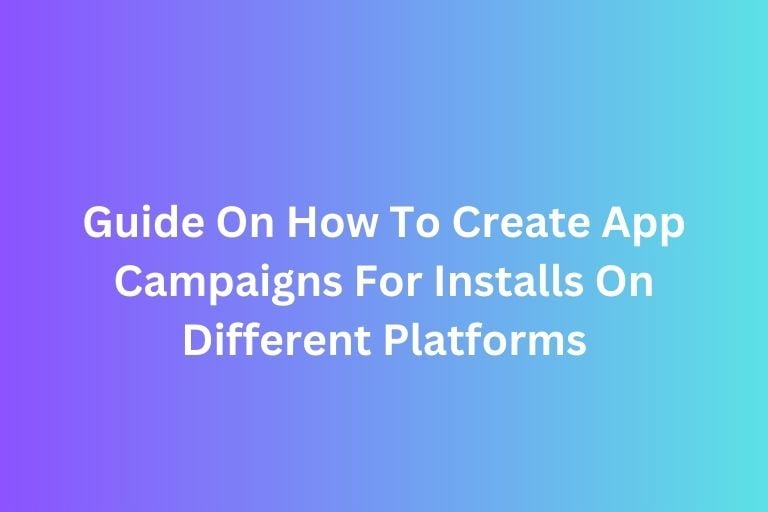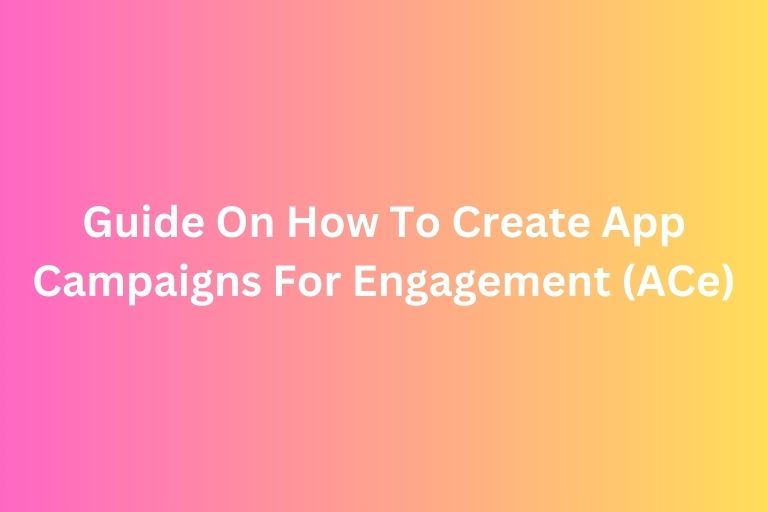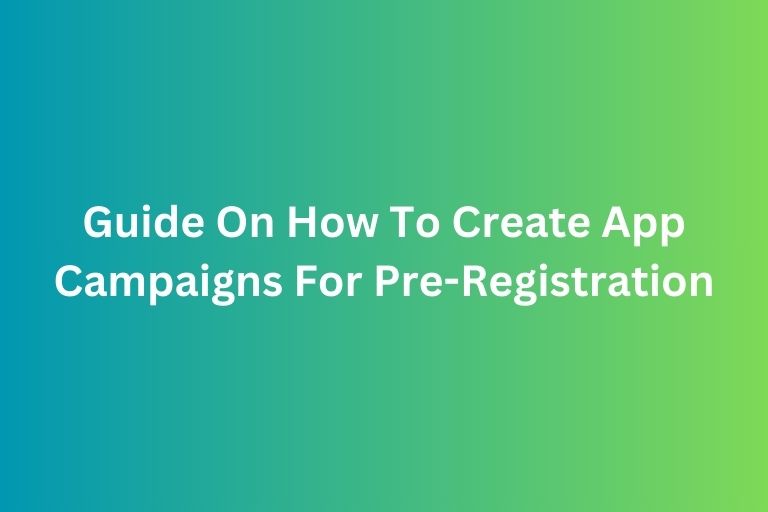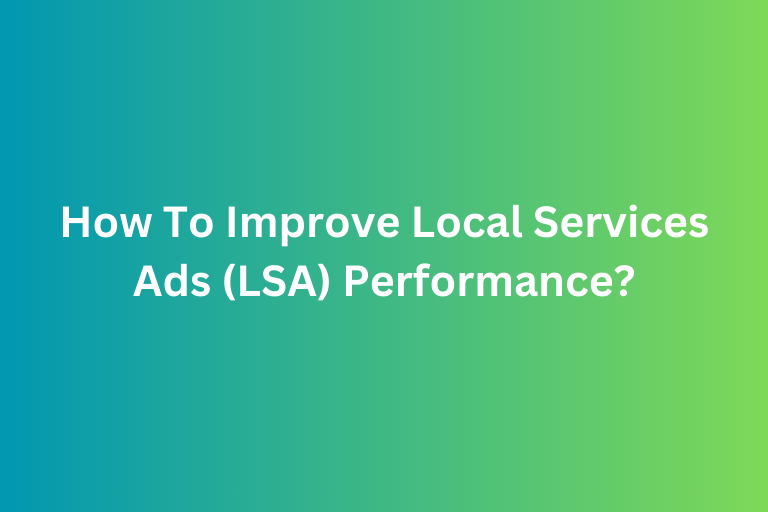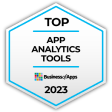Generating high-quality leads is a critical aspect of growth in Business-to-Business (B2B) marketing. However, it’s not just about capturing any lead but it's about attracting the right leads, those who are ready to engage and ultimately convert into long-term clients. This is where Demand Generation (Demand Gen) plays a pivotal role in B2B marketing.
Demand generation focuses on building awareness and nurturing relationships over time, all while producing leads that are not only interesting but also aligned with your business offerings. In B2B marketing, where sales cycles are typically longer and the stakes are higher, demand generation becomes the foundation for building a high-quality lead pipeline.
In this article, we’ll explore how to effectively leverage demand generation to generate high-quality B2B leads, from strategic planning to execution and optimization.
What Makes B2B Lead Generation Different?
Before diving into how demand gen works in B2B, let’s quickly review the key differences between B2B lead generation and B2C lead generation:
- Longer Sales Cycles: In B2B, the decision-making process is typically more extended, involving multiple stakeholders. Buyers often need more time to evaluate solutions and weigh their options.
- Higher Stakes: B2B purchases are usually larger and more complex, meaning potential clients need to be confident in their choices.
- Multiple Decision-Makers: B2B purchasing decisions involve a variety of influencers, from technical experts to financial decision-makers. Understanding the needs of each of these stakeholders is key.
Due to these factors, B2B lead generation requires a strategic approach that builds trust over time, engages the right people, and provides personalized content tailored to complex buying journeys.
Learn more: The Difference Between B2B and B2C Marketing
Learn more: How To Transform Your B2C Business Into A B2B Business
The Role of Demand Generation in B2B Lead Generation
Demand generation is the process of creating awareness and interest in your business’s solutions, ultimately driving qualified prospects through the funnel. Attracting leads who have a strong likelihood of converting into customers is the most important aspect of it. In the B2B, quality over quantity is the mantra. Ultimately, the demand gen strategy should be designed to address the following goals:
- Educate potential clients on your product/service's value and how it solves their pain points.
- Nurture leads by delivering personalized content to guide them through their decision-making process.
- Engage prospects early on with content and interactions that lead to more qualified meetings and opportunities.
Learn more: Marketing Funnel: Capturing Attention In The Awareness Stage
How to Generate High-Quality B2B Leads with Demand Generation
Here’s a step-by-step breakdown of how you can implement a demand generation strategy to successfully generate high-quality B2B leads.
1. Define Your Ideal Customer Profile (ICP) and Buyer Personas
The first step in generating high-quality B2B leads is to identify who you’re targeting. Without this foundation, your demand gen strategy will be unfocused and inefficient.
- Ideal Customer Profile (ICP):
Your ICP is a detailed description of the perfect type of company you want to do business with. Consider factors such as company size, industry, annual revenue, location, and pain points. This helps you narrow your focus to the organizations that can benefit most from your solution.
- Buyer Personas:
Within each company, there are multiple decision-makers and influencers. Develop buyer personas for each role involved in the decision-making process (e.g., CEOs, CFOs, Marketing Managers, IT Directors). Each persona will have different needs, concerns, and priorities, and your content should be tailored to address those unique perspectives.
2. Create High-Value, Targeted Content
Content is the cornerstone of any demand generation strategy, and when it comes to B2B lead generation, your content must provide significant value to potential leads. Your content should be educational, informative, and designed to answer key questions for decision-makers.
Here are several content types that resonate in the B2B space:
- Whitepapers & Ebooks: Detailed, authoritative resources that provide in-depth insights into industry trends, challenges, or solutions. These are great for gathering high-quality leads through gated content.
- Case Studies: Demonstrate the success of your product or service with real-world examples, showing potential clients how your solution has worked for businesses similar to theirs.
- Webinars & Videos: Host live or recorded webinars to explain complex topics or showcase product features. These formats offer the chance for direct interaction and engagement.
- Blogs & Articles: Write blog posts that address specific challenges your target audience faces. SEO-optimized blogs attract organic traffic and can help nurture prospects into leads.
- Infographics: Visual content like infographics is great for simplifying complex information and making it easier for decision-makers to understand key insights.
Ensure that each piece of content is highly relevant to your buyer personas’ needs and challenges and aligns with the stage they’re in within the buyer’s journey (awareness, consideration, or decision).
3. Utilize Multi-Channel Marketing
B2B buyers often engage with multiple channels before making a purchasing decision. To capture high-quality leads, you need to distribute your content across a variety of platforms and channels, including:
- Paid Media: Use LinkedIn Ads, Google Ads, and display ads to target decision-makers where they are most likely to engage with your content. LinkedIn, in particular, is ideal for B2B marketing due to its targeting capabilities.
- Organic Social Media: Use platforms like LinkedIn, Twitter, and even Facebook to distribute content and engage directly with your target audience.
- Email Marketing: Nurture your leads through email campaigns that send personalized content based on where they are in the buyer’s journey. Segment your email list based on industry, role, and previous interactions to ensure you’re delivering the right message.
- SEO: Optimize your website and content for search engines to ensure that when potential leads are searching for solutions to their problems, your content appears at the top of the search results.
- Events: Participate in or host virtual or in-person events such as trade shows, webinars, or industry conferences. These are great ways to engage directly with high-level decision-makers.
Multi-channel marketing increases the touchpoints you have with potential customers and allows you to engage them in different ways, increasing the likelihood of converting them into high-quality leads.
4. Nurture Leads with Marketing Automation
B2B lead generation is rarely a one-time interaction. Many leads may not be ready to purchase immediately but will need additional touchpoints and nurturing. This is where marketing automation tools come into play.
Automated workflows help you stay top-of-mind with leads and keep them moving down the funnel. For example, once a prospect downloads a piece of gated content, you can automatically trigger a series of follow-up emails that provide additional value and move them toward booking a demo or meeting.
Lead scoring is another important feature of marketing automation. This process assigns values to leads based on their actions (e.g., opening emails, downloading content, visiting your website). Leads that score higher are more likely to convert, and you can prioritize them for sales outreach.
5. Leverage Account-Based Marketing (ABM)
Account-Based Marketing (ABM) is a highly targeted approach within demand generation that focuses on engaging specific accounts rather than individual leads. With ABM, you identify high-value accounts that fit your ICP, and then tailor your outreach and content to those accounts. ABM helps you focus on the leads that truly matter and ensures that your efforts are directed toward the highest potential clients.
For ABM to be effective, you'll need to:
- Identify key accounts that are most likely to benefit from your solution.
- Personalize your messaging to address the specific pain points and needs of each account.
- Align your sales and marketing teams to ensure a coordinated approach in engaging with these accounts.
6. Measure and Optimize Demand Gen Campaigns
Tracking the success of your demand generation campaigns is critical to refining your strategy. Regularly analyze these metrics to adjust your content, channels, and tactics to improve your demand generation results.
Monitor key performance indicators (KPIs) such as:
- Lead Conversion Rate: How many of your leads are converting to qualified leads?
- Cost per Lead (CPL): How much are you spending to acquire each lead, and are the leads worth the investment?
- Engagement Metrics: Are your prospects engaging with your content? Track clicks, time spent on the page, downloads, and other interactions.
- Lead Scoring Metrics: Are your leads exhibiting behaviors that suggest they’re getting closer to making a purchase decision?
Conclusion
Generating high-quality B2B leads through demand generation is a comprehensive and strategic approach where it requires a deep understanding of your target audience, the creation of valuable content that addresses their pain points, multi-channel marketing, and a long-term nurturing strategy.
By focusing on the quality of leads rather than quantity, and by delivering targeted, personalized messaging, you can drive a steady flow of qualified B2B prospects to your sales team, ultimately converting them into loyal, long-term clients.
By implementing these strategies effectively, you can significantly increase your chances of generating high-quality leads that will drive business growth.
Improve your Ads performance with FoxAdvert!
If you are looking forward on how to improve your paid ads and ad campaign performance, our professional team of experts at FoxAdvert can help you. Contact us today to start your journey 😊


